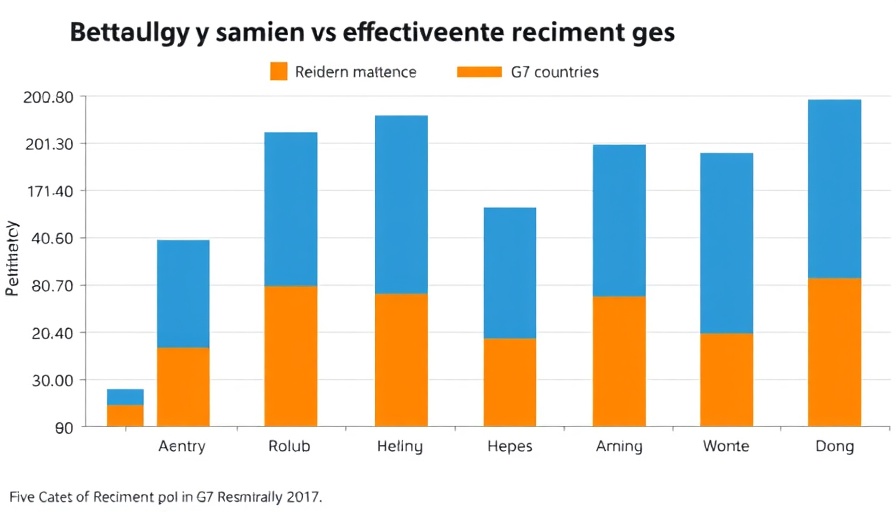
AI in Hiring: A Rising Trend
As we move towards 2026, a significant number of companies are embracing artificial intelligence (AI) in their hiring processes. Recent research indicates that one in three hiring professionals anticipates that AI will take full control of their recruitment by this date. The report by Resume.org reveals that 57% of organizations have already integrated AI into their hiring practices, largely citing improvements in the quality of hires. However, a paradox lies within this optimism; over half of those surveyed expressed valid concerns about AI's potential to eliminate qualified candidates and introduce biases.
The Importance of Transparency
In an age where technology is rapidly evolving, the onus falls on companies to cultivate transparency in their recruitment processes. Kara Dennison, head of career advising for Resume.org, emphasized the necessity of building trust with candidates by clarifying how and where AI is utilized. From making recommendations to rejections, companies need to ensure candidates understand AI's role to promote fairness and create an effective candidate experience. This approach not only aligns with compliance standards but also reassures candidates that their applications are evaluated fairly.
Balancing Technology and Human Oversight
Despite the reliance on AI, the role of human oversight remains critical. Although 71% of respondents stated that human intervention is still part of the hiring process, there exists a tendency for some employers to rely on AI recommendations exclusively. With 35% of companies allowing AI to reject candidates at any stage of the hiring process, it's imperative for leaders in HR and talent management to strike a balance between leveraging technology and retaining human judgment. Initiating conversations around ethical hiring practices can further enhance employee engagement and retention strategies within the organization.
Future Insights: Preparing for AI's Expansion
Looking beyond the current trends, the rapid adoption of AI in hiring reflects broader implications for workforce optimization and succession planning. As more organizations escalate their use of AI, particularly in resume reviews and candidate assessments, leaders must harness this technology to create a high-performance culture. Given the competitive nature of the labor market, cultivating a people-first leadership approach is vital to ensure that employees not only thrive but also feel valued in their roles.
Embracing AI can bear actionable insights for HR professionals, guiding them towards a more data-driven approach in talent management. As advancements continue, understanding the technological landscape, addressing biases, and prioritizing transparency will not only benefit recruitment but also significantly enhance employee performance across the board.
 Add Row
Add Row  Add
Add 




Write A Comment